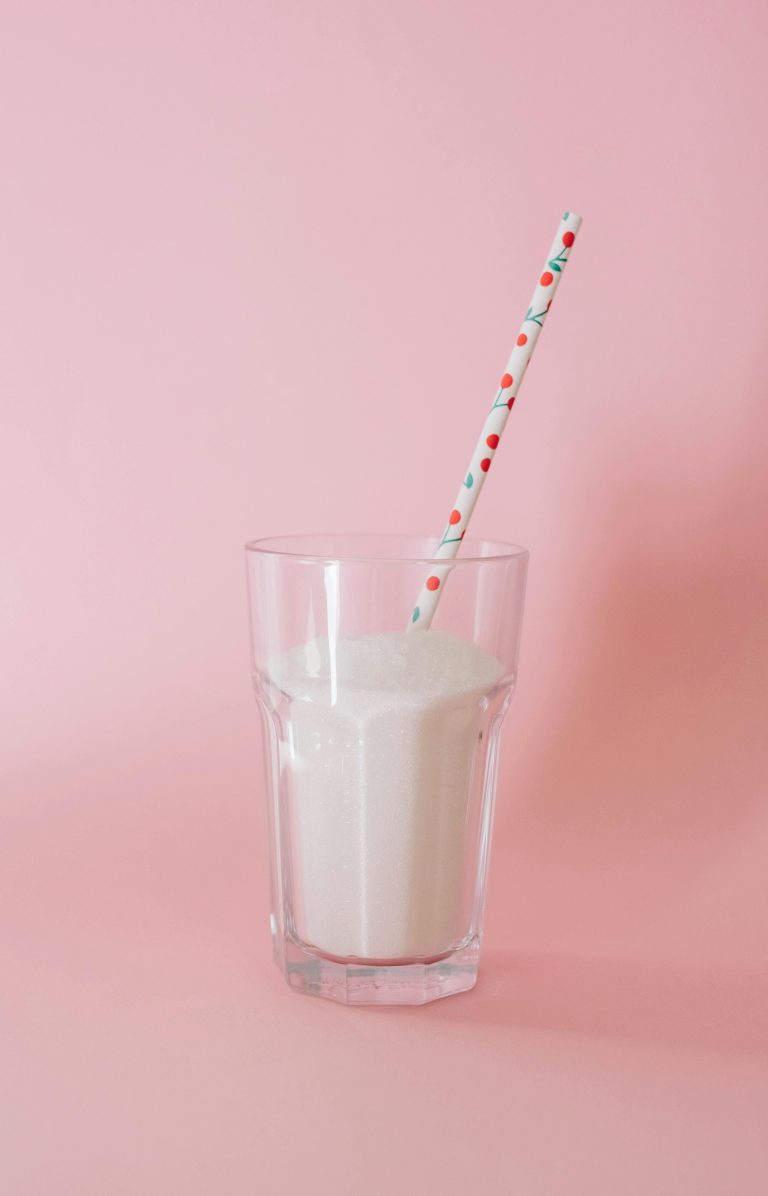Calcium is an extremely important mineral, supporting strong bones and teeth and plays a significant role in heart health, muscle function, and nerve signalling. For most adults, our daily calcium goal is to ingest 1,000 milligrams (this amount differs for certain groups, including adolescents, postmenopausal women, and older adults). Many people instantly turn to a tall glass of cow’s milk as the answer, but that’s not the only option (especially for lactose intolerance). Many foods provide the same, if not higher amounts of calcium than cow’s milk. Here are 5 everyday foods with more calcium than milk you should be eating to reach your daily calcium goal.
1. Tofu
Calcium sulfate is used in the tofu-making process to help solidify the soy milk proteins. This plant-based protein can provide more calcium per serving than dairy milk. About 200 grams of tofu is equivalent to 410 milligrams of calcium (a glass of dairy milk is equivalent to 300 milligrams of calcium). There are many ways to prepare and eat tofu. It pairs well with various flavours and textures. Roast it, shred it, sear it, pop it into a broth, whatever you decide to make, adding this plant-based wonder to your diet will increase your bone strength and overall health.
Try our tomato, aubergine and parsnip stew with torn, roasted tofu.
2. Seeds
We know seeds a tiny nutritional powerhouses, packed with a bunch of crucial vitamins and minerals, but did you know that many are high in calcium? One tablespoon of poppy, sesame, celery and chia seeds is equivalent to 127 milligrams of calcium. That already makes up 13% of your daily goal. Add these to stir-fries, salads, your morning yoghurt or oats, granola, and biscuits.
Try our sesame fried eggs on tahini-yoghurt.
3. Tinned sardines and salmon
One of the most popular and affordable options is tinned sardines or salmon. Canned sardines and salmon are packed with calcium (and a bonus: high amounts of protein and omega-3 fatty acids) thanks to their soft, edible bones. A 92-gram can of sardines is equivalent to 325 milligrams of calcium, and 85 grams of canned salmon is equivalent to about 300 milligrams of calcium. These are great pantry staples to use in pastas, salads, tartines, fish cakes, or simply on toast.
Try our mielie-meal bread with sardines.
4. Leafy greens
Not only are leafy greens a great source of vitamin C, but they’re also an excellent source of calcium. One cup (or 190 grams) of leafy greens like spinach or kale is equivalent to 268 milligrams of calcium. That’s 27% of your daily goal. However, spinach is high in oxalates, or naturally occurring compounds that bind to calcium and impair its absorption. Although spinach is high in calcium, it might be better to include more kale, collard greens or marogo in your diet for a better source. Use these in pastas, salads, to make creamed spinach/marogo, sauteé with some soy sauce or butter and garlic, or add to your morning smoothies for an extra boost.
Try our creamy blue-cheese polenta with sauteéd kale, butterbeans and mushrooms.
5. Beans and lentils
Not only are beans and lentils a great source of calcium, but they’re also high in fibre, protein, and micronutrients (zinc, iron, folate, magnesium, and potassium). Many varieties of beans and lentils, like winged and white beans and most lentils, provide around 19% of your daily calcium goal, or 190 milligrams. Research shows that adding beans and lentils to your diet may help lower LDL (bad) cholesterol levels and reduce your risk of developing type 2 diabetes. Add beans and lentils to pastas, casseroles, stews, curries, or boil and sauteé as a side.
Try our pork steaks with sauteéd lentils.

